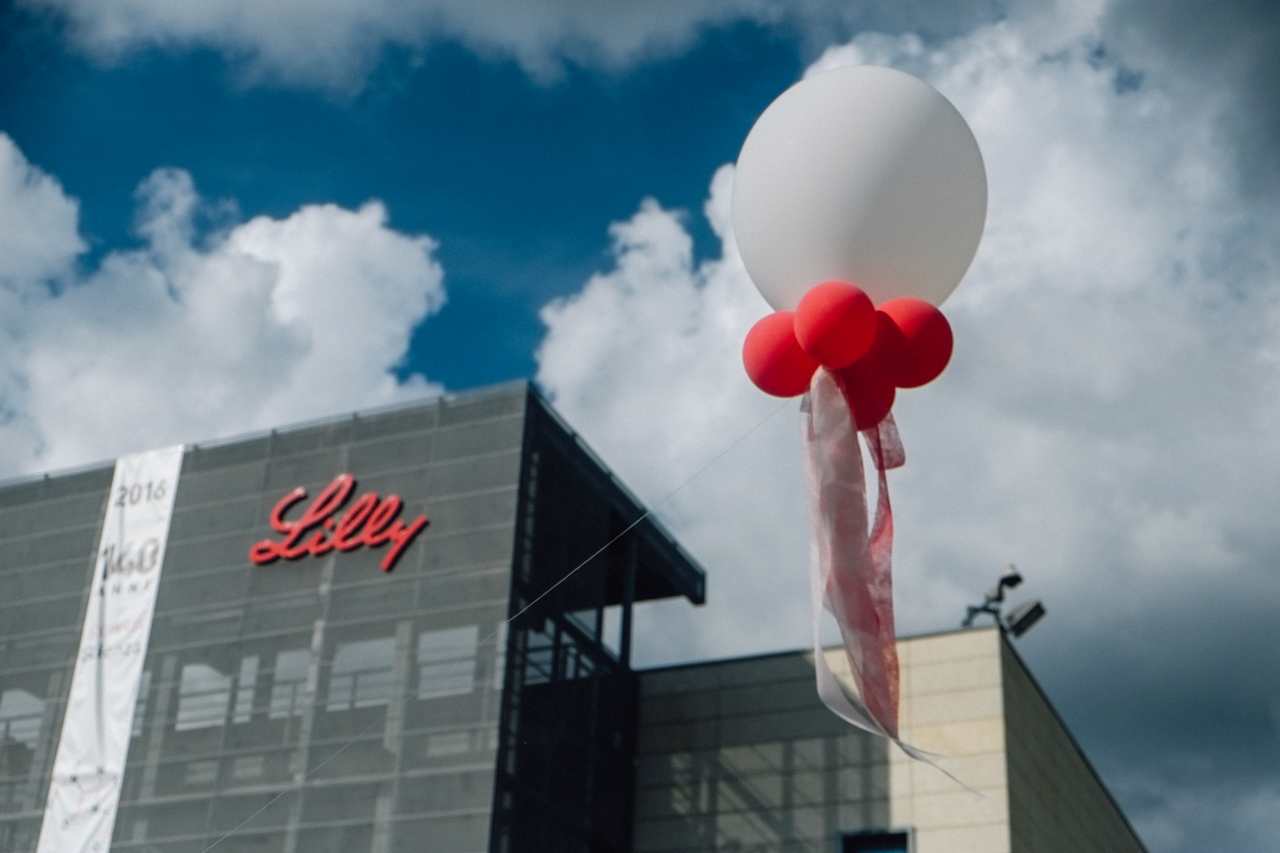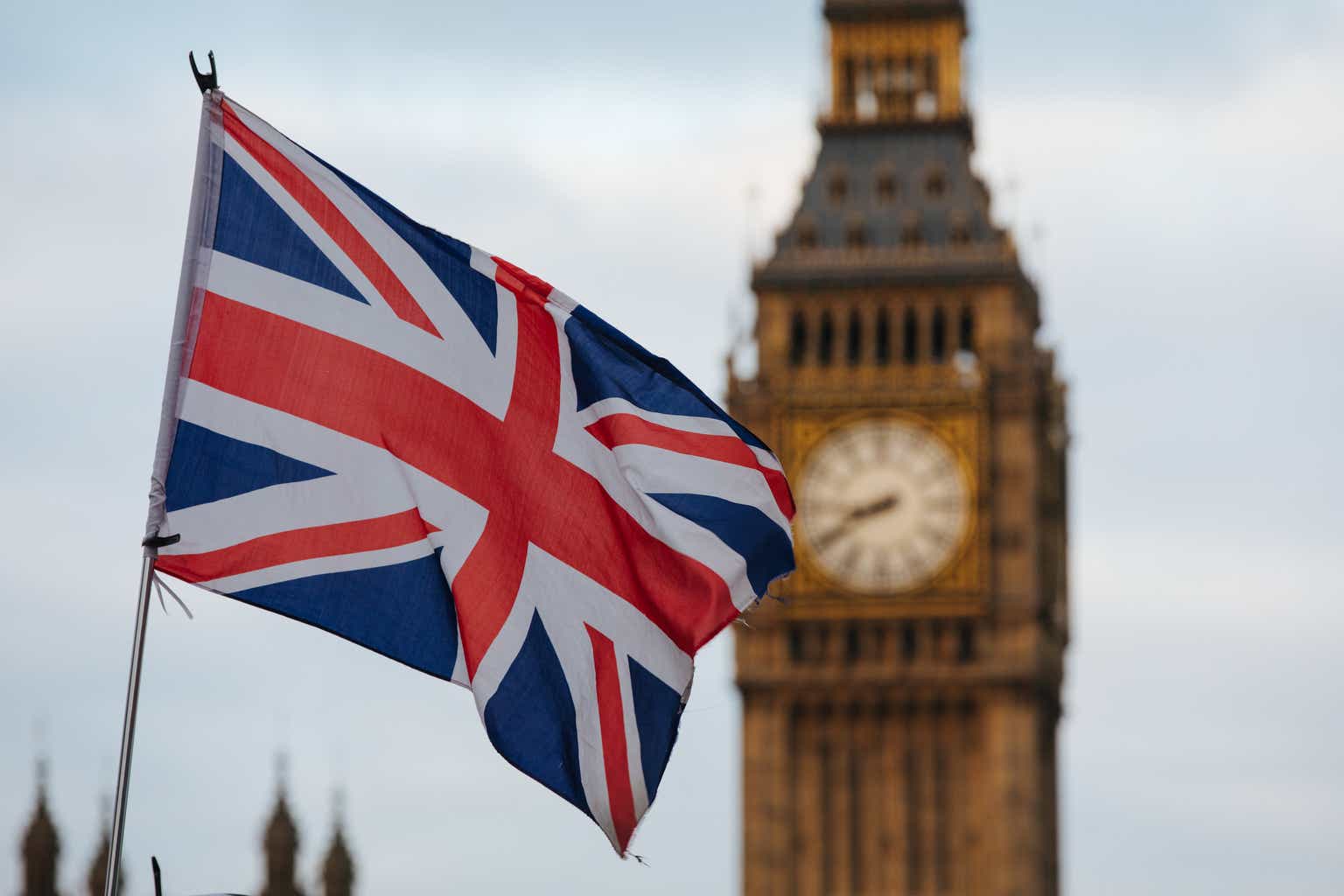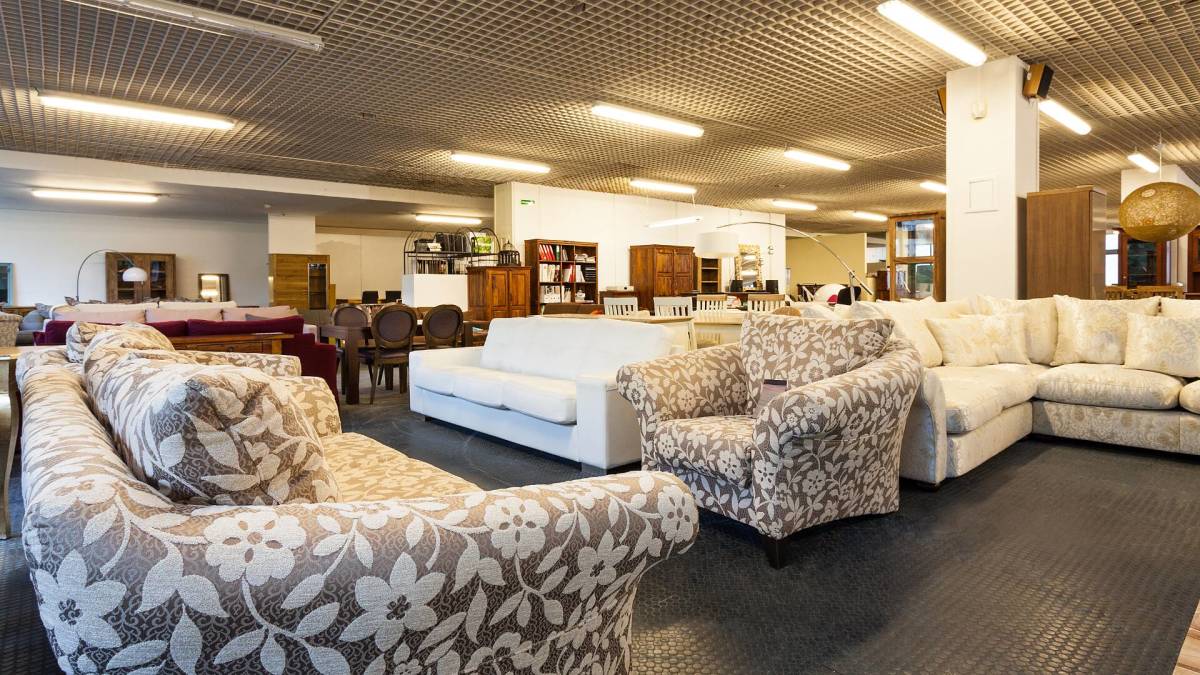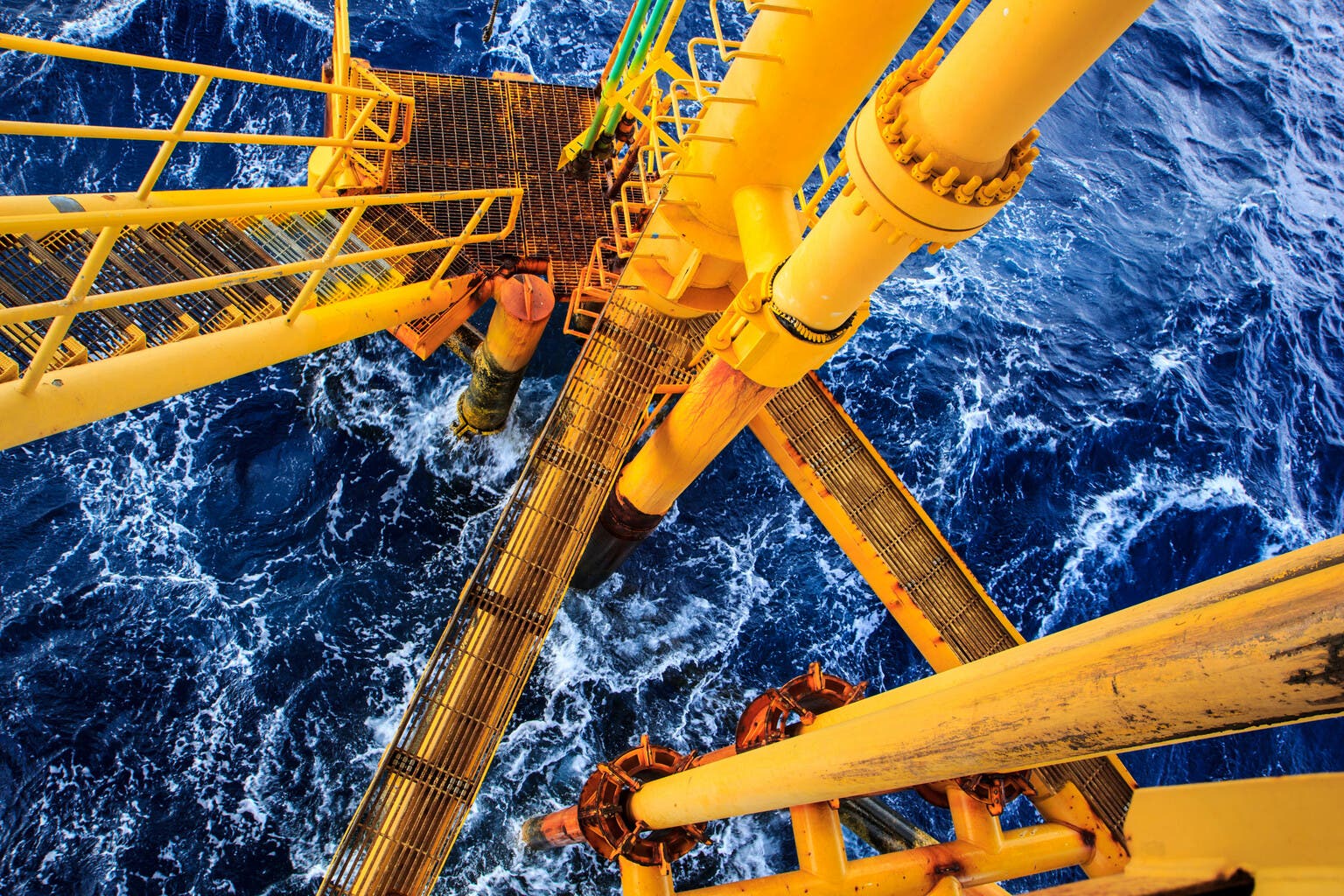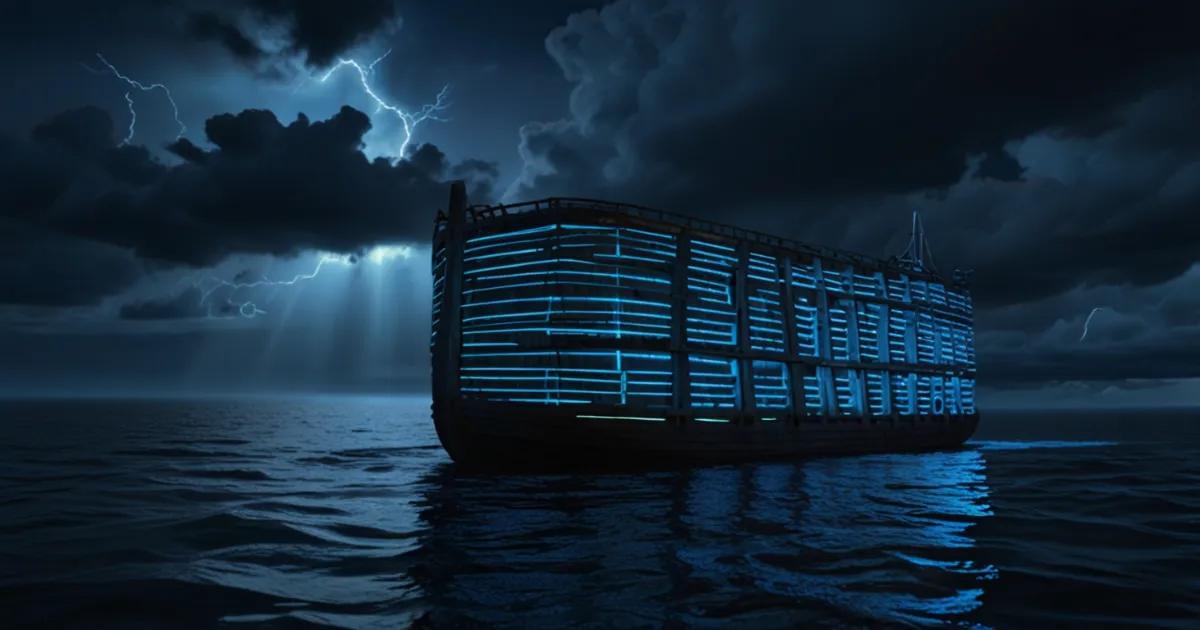How much would you pay for some peace and quiet? The latest super-luxe travel amenity is utter silence
Seeking blissful soundlessness amid Iceland’s glacial majesty.

Sunlight scattered on the surrounding snow as we hiked single file, crampons strapped to our boots, up Sólheimajökull, Iceland’s southernmost glacier—a 650-foot-thick tongue of solid ice spanning 17 square miles. Black peaks jutted out like dorsal fins from the jagged, white-capped hills around us—forged by eruptions of the volcano Katla, which churned far below ground near the frozen behemoth on which we stood.
A 90-minute trek brought us to our destination point, an ice ridge twice our height, where we sipped a whiskey toast, gazing briefly at the cloudless azure sky before beginning our descent.
Minutes later, a blanket of white unfurled overhead, smothering the sun in a steady snowfall. The
storm cast this already virtually soundless vista into absolute silence—exactly what I’d come to Iceland with Tom Marchant, cofounder of luxury travel outfitter Black Tomato, to find. It’s “a Narnia-like landscape,” Marchant aptly observed, “where the silence is so pure it’s almost discombobulating.
In that incongruous silence, just a couple of hours outside Reykjavík, we reached the glacier’s base to behold small icebergs studding the lagoon created by its meltwater, and dazzling ice walls striped with layers of inky volcanic ash—an astonishing testament to the colossal forces of nature that have clashed for millennia in this country often called “the land of fire and ice.”
Utter soundlessness is not an amenity listed on travel-booking sites. But in a world where life seems louder by the day, some are finding that turning off their mobile phone isn’t enough to give them the peace they crave. Over the past year, Black Tomato—whose trips start at around $15,000 per person, and can run into the hundreds of thousands—has seen a notable uptick in requests for destinations offering natural, unfettered silence. Some 80% of its clients come from the U.S.
We’d driven east from Reykjavík the day before, off-roading through an active volcanic system topped with swaths of green lichen. Splashing through knee-deep streams in our Ford Bronco, we paused beside the Hengladalsá River for a pop-up picnic. The crackling fire and the river’s gentle rush were the only sounds as Tom and I settled into sheepskin-draped chairs while our guide, Jón Gísli Hardarson, offered us mozzarella and pesto panini and poured glasses of rosé.
Marchant cofounded Black Tomato with James Merrett in London in 2005 after a stint at Ernst & Young. He had invited Fortune on this trip to showcase the ethereal pleasures of silence. Not the silence of a nonverbal silent retreat—conviviality and fellowship are part of the experience. The point is to get away from the technological din of modern living, and make space for individual contemplation.
“It’s like being dropped on another planet,” Marchant said. “People want to go somewhere where they can freeze time for a while, and there are few better places to do it.”
Later we headed to Torfhús Retreat (starting rate: $930 a night), our base for most of the week, located in the rural heart of the Golden Circle, Iceland’s iconic tourist route. Modeled after a traditional Viking farm, the ecoluxury escape, powered by geothermal and hydroelectric energy and home to herds of hardy purebred Icelandic horses, melds the landscape’s wild nature with distinctive creature comforts. Each of its 27 “turf houses,” built from reclaimed wood and local stone with living turf roofs, features hand-hewn furniture and a basalt stone hot pool.
That evening, after a dinner of sautéed scallops topped with edible flowers, followed by arctic char with lingonberries and kale, I slipped into the hot pool to stargaze. And there they were, seemingly close enough to touch: luminous curtains of emerald, shifting and flashing against the blue-black night sky. The northern lights.
I half-expected a shaggy-haired troll—one of the mountain-dwelling giants of local mythology—to trundle past.
It stands to reason that in a nation whose prevailing soundtrack is silence, there exists a vibrant world, shrouded by nature, that is neither heard nor seen. In Icelandic folklore, huldufólk (“hidden people”) are an array of secret beings whose legends loom large in the country’s collective consciousness. On our way to a snowmobile ride, Jón recounted a childhood brush with this supernatural realm: He was trying to climb a huge rock in his backyard, grasping at the moss on its steep face for leverage. His mother came running from the house, yelling for him to stop. The moss served as the elves’ curtains, she explained, and tearing it down would anger them and invite retaliation.
“To this day, I don’t know if she’s ever actually seen elves,” Jón told me. “But she has always believed in them.”

Jón explained that Icelandic roads are sometimes rerouted around boulders to avoid raising the rancor of the elves inside. If issues arise during construction—a bulldozer mysteriously acting up, or an inexplicable rockslide—“seers” are sometimes summoned to mediate the human-elf interaction.
When we reached the snowmobiling site atop the Langjökull glacier, blizzard conditions had set in—a surreal, disorienting whiteout. As the snow raged in deafening silence, I half-expected a shaggy-haired troll—one of the mountain-dwelling giants of local mythology—to trundle past, meeting my gaze.
Two days later, we cruised along the southern coast of the Reykjanes Peninsula—flanked by moss-fringed lava fields stretching to the horizon—to reach our last stop: the Retreat at Blue Lagoon, Iceland’s most exclusive resort (starting rate: $1,800 a night). The storied lagoon—the only one of its kind on earth—holds nearly 1.6 million gallons of geothermal seawater, naturally enriched with algae, silica, and other minerals.
The water’s restorative properties surfaced in the 1980s, when locals began bathing in the reservoir of the Svartsengi Geothermal Power Plant. These dips seemed to cure someone’s psoriasis, and by 1992 a company dedicated to the lagoon’s scientific study had launched, citing research on the water’s healing benefits. In 2018, Blue Lagoon Limited opened a five-star retreat, which resembles a Bond villain’s sleek lair at the world’s edge, with 60 suites, a sprawling underground spa, and a Michelin-starred restaurant.
The eerie silence that pervades the surrounding town, Grindavík, owes to the region’s geological restlessness: Its 4,000 residents were evacuated weeks before a series of eruptions along the Sundhnúkur crater row began in December 2023. Most never returned.
In the hour I spent in the warm, milky blue-hued lagoon, whose singular shade derives from its high silica content reflecting the sunlight, it snowed fiercely, then rained sideways, before the sun and a rainbow simultaneously—almost magically—appeared.
The sole sounds were the howling wind and the occasional lap and distant splash of water. Perhaps the huldufólk, said by some to frolic here, were also enjoying a dip.
The most silent places to visit for those with audio overload
Bolivian
Known as the Salar de Uyuni, the world’s largest salt flat covers more than 4,050 square miles near the crest of the Andes in southwest Bolivia. Some 12,000 feet above sea level, it is regarded as one of world’s most silent environments.
Haleakala National Park, Hawaii
Once called the “quietest place on earth” by acoustic ecologist Gordon Hempton, cofounder of Quiet Parks International, the 52-squaremile park’s silence owes in part to the 10,000-foot elevation of Haleakala’s crater, whose ash absorbs sound waves.
Lake Tekapo, New Zealand
An oasis of tranquility in the center of the South Island, renowned for its turquoiseblue water, the nearly 34-square-mile lake is located in the Aoraki Mackenzie International Dark Sky Reserve, where light pollution is virtually nonexistent—offering unrivaled stargazing opportunities.
Skeleton Coast, Namibia
Arguably the quietest region of one of the world’s least populated countries, this hauntingly stark 300-plus-mile stretch along the Atlantic—named for its many shipwrecks and whale and seal remains—is home to desert-adapted wildlife, including seal-hunting lions.
Slovenian Alps
The majestic range, bordering Italy and Austria and recognized for its relatively low tourist density, encompasses Triglav National Park, which has 135 designated quiet zones covering nearly 25,000 acres.
This article appears in the June/July 2025 issue of Fortune with the headline “A silence broken only by the whisper of elves.”
This story was originally featured on Fortune.com





















